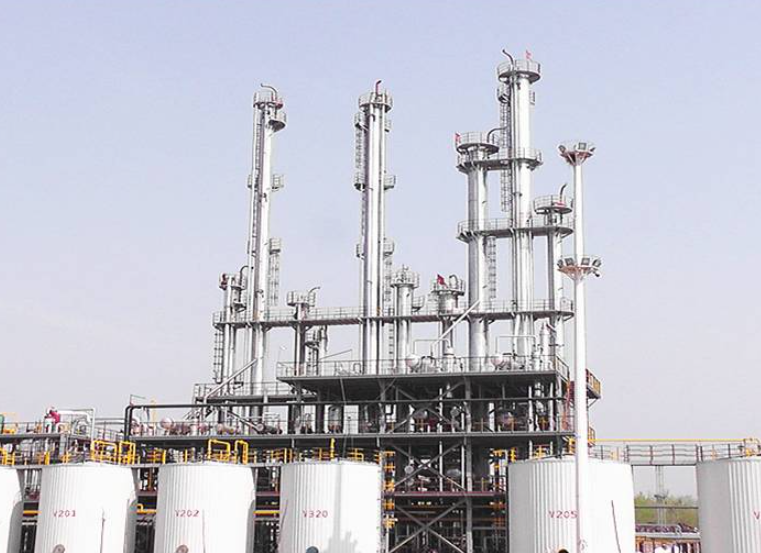Methyl Methacrylate Production Plant: Crafting Quality in Every Step
In the realm of industrial chemistry and polymer manufacturing, Methyl Methacrylate (MMA) holds a prominent place. This versatile compound is the cornerstone of numerous industries, from acrylic glass to automotive coatings. To ensure a consistent supply of high-quality MMA, it all begins with the Methyl Methacrylate Production Plant. In this comprehensive guide, we'll delve deep into the intricacies of such a facility, outlining every step involved in the production process. Our goal is to provide you with valuable insights into the world of MMA production and how it contributes to various industries.
Understanding Methyl Methacrylate
Methyl Methacrylate, often abbreviated as MMA, is an organic compound with the chemical formula CH2=C(CH3)COOCH3. This colorless liquid possesses a characteristic fruity odor and is highly valued for its versatility and numerous applications. MMA is the primary building block for polymethyl methacrylate (PMMA), commonly known as acrylic glass. It is also used in the production of adhesives, coatings, and various other specialty materials.
The Methyl Methacrylate Production Process
The production of MMA is a highly complex and precise process, requiring state-of-the-art equipment and meticulous attention to detail. Here is an overview of the steps involved in the production of MMA:
1. Methacrylic Acid Esterification
The journey of MMA production begins with the esterification of methacrylic acid. This acid is mixed with methanol, resulting in the formation of methyl methacrylate. This reaction is catalyzed by an acidic substance and typically occurs in a reactor vessel under controlled conditions.
2. Distillation
Once methyl methacrylate is formed, it goes through a distillation process to purify the product. Distillation separates MMA from any impurities or by-products, ensuring a high-purity end product.
3. Inhibitor Removal
Methyl methacrylate often contains inhibitors to prevent unwanted polymerization during storage. These inhibitors need to be removed before the product is considered suitable for further use.
4. Polymerization
In some cases, MMA may be further processed through polymerization to create different forms of the compound, such as PMMA. This step involves the use of initiators to induce polymerization and the formation of long chains of molecules.
5. Packaging
The final product, now refined and free from impurities, is packaged into various containers, ranging from drums to bulk tanks, depending on the intended use.
Quality Control in MMA Production
Quality control is a paramount concern in the production of MMA Plant. The quality of the end product is critical, as it directly impacts the performance of materials and products in various industries. The following measures are taken to ensure consistent quality:
Analytical Testing
Samples of MMA are regularly taken for analytical testing to determine purity and consistency. This involves various techniques, including gas chromatography and spectroscopy.
Environmental Monitoring
Methyl Methacrylate production plants are often equipped with environmental monitoring systems to ensure emissions are within regulatory limits. This is essential for minimizing the impact on the environment.
Safety Standards
Safety is a primary concern in MMA production. Comprehensive safety protocols are in place to protect both workers and the community. These protocols include the use of personal protective equipment, emergency response plans, and continuous training.
Conclusion
The Methyl Methacrylate Production Plant is the starting point for creating high-quality MMA, a compound with versatile applications across multiple industries. From acrylic glass to automotive coatings and adhesives, MMA is a fundamental component that enhances the quality of products we encounter every day. With a focus on quality control, safety, and environmental responsibility, these production facilities contribute to a better, safer world.
232
0
0



Comments
All Comments (0)